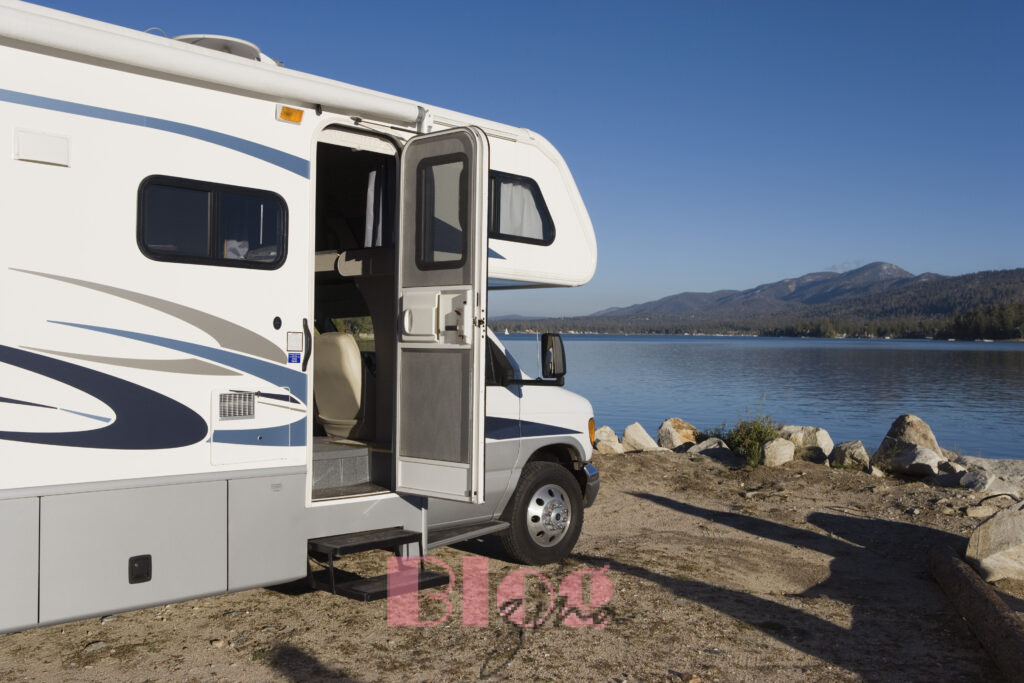
Embarking on a full-time RV living adventure can be an exhilarating and liberating experience. It offers the freedom to travel, explore new destinations, and live life on your terms. However, transitioning to full-time RV living requires careful planning, especially when it comes to choosing the right RV on a budget. In this guide, we’ll share valuable tips for selecting a used RV that fits your budget while meeting your needs for comfortable and sustainable full-time living on the road.
1. Set Your Budget
The first step in Choosing a Used RV for full-time living is to establish a realistic budget. Determine how much you are willing to spend on the RV purchase, taking into account additional costs such as maintenance, insurance, campground fees, and fuel. Setting a budget upfront will help narrow down your options and prevent overspending.
2. Consider Your Living Needs
Evaluate your living needs and preferences to determine the type and size of RV that suits your lifestyle. Consider factors such as the number of occupants (if any), desired amenities, storage requirements, and mobility preferences. Decide between motorhomes, travel trailers, fifth wheels, or camper vans based on your living needs and budget constraints.
3. Research Different RV Types
Do thorough research on different types of RVs to understand their pros and cons. Motorhomes offer convenience and mobility but can be more expensive to purchase and maintain. Travel trailers and fifth wheels may provide more living space and amenities at a lower cost but require a tow vehicle. Camper vans offer compact living with mobility but may have limited space for full-time living.
4. Inspect Used RVs Carefully
When shopping for a used RV, inspect each potential vehicle carefully. Look for signs of wear and tear, water damage, rust, and mechanical issues. Check the roof, walls, windows, doors, plumbing, electrical systems, appliances, and chassis for any issues. Consider hiring a professional RV inspector to conduct a thorough inspection before making a purchase.
5. Prioritize Essential Features
Focus on essential features and amenities that are important for full-time living. A comfortable bed, functional kitchen, bathroom with shower, ample storage, heating, cooling, and reliable electrical systems are crucial for long-term RV living. Prioritize these features over luxury options that may add to the cost but are not essential for your lifestyle.
6. Opt for Used RVs with Good Maintenance Records
Choose a used RV that has been well-maintained and has documented maintenance records. A vehicle with a history of regular servicing, repairs, and upgrades is more likely to be reliable and have fewer unexpected issues. Request maintenance records and ask about any recent repairs or replacements done on the RV.
7. Negotiate and Shop Wisely
Don’t hesitate to negotiate the price when purchasing a used RV. Research market prices, compare similar RVs, and be prepared to walk away if the seller is not willing to negotiate. Explore different sources for used RVs, including dealerships, private sellers, online marketplaces, and RV shows, to find the best deal within your budget.
8. Factor in Additional Costs
Keep in mind that the cost of owning and living in an RV goes beyond the initial purchase price. Budget for ongoing expenses such as insurance, registration, maintenance, repairs, fuel, campground fees, utilities, and groceries. Plan for emergencies and unexpected costs by setting aside a contingency fund in your budget.
9. Test Drive and Experience
Before finalizing your purchase, take the RV for a test drive and spend time living in it if possible. Test the functionality of all systems and appliances, assess comfort levels, and ensure that the RV meets your expectations for full-time living. Consider renting a similar RV for a short period to experience the lifestyle before committing to full-time living.
10. Plan for Sustainability
Incorporate sustainability practices into your full-time RV living to save money and reduce environmental impact. Invest in energy-efficient appliances, solar panels, water-saving fixtures, and eco-friendly camping practices. Plan your travels strategically to minimize fuel consumption and maximize experiences within your budget.
Conclusion
Full-time RV living on a budget is achievable with careful planning, research, and decision-making. By setting a realistic budget, understanding your living needs, researching RV types, inspecting used RVs thoroughly, prioritizing essential features, negotiating wisely, and planning for sustainability, you can find a used RV that fits your budget while providing a comfortable and fulfilling lifestyle on the road. Remember that full-time RV living is a journey, and choosing the right RV is the first step towards an exciting and rewarding adventure. Happy trails!


